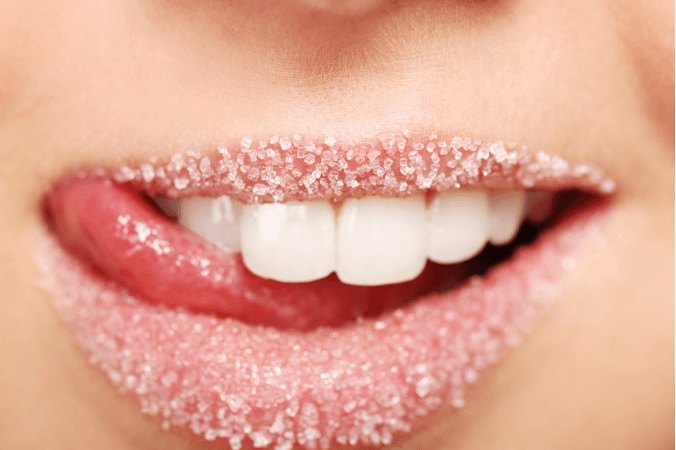This morning I'm going to describe for you a few of the kinds of experiments that have been used to investigate the sense of taste, which is now recognised as being a far more complex and important area of neurological science than was previously believed by most people.
The results of some of these experiments can be quite fun and I shall suggest that you may want to choose one or two to try out in groups before having a go at designing a new experimental procedure of your own and trying to pinpoint the cause of your findings.
The first one concerns a marketing exercise by a soft drinks company. The green colour of some cans was altered by the addition of yellow, so they were a brighter green.
Then test subjects were asked what they thought about the flavour of the drink in the new-style cans, and they stated that there was more lime in the drink if it was in the ones with the new colour.
This was because the brain picks up cues from the way the product is presented, as well as the product itself, which trigger taste sensations. Before food was packaged, humans used colour to gauge the ripeness of fruit, for example.
Next there's the old problem with chewing gum. Everyone knows that after a few minutes’ chewing it loses its minty flavour. However, if you ask people to chew up to the point where it becomes tasteless, and then ask them to eat a little sugar and continue chewing, to most people's surprise, what happens is that the original mintiness actually returns because it is the sweetness which is needed to make the mintiness perceptible.
So combinations of flavours can be significant, as the brain needs one of them in order to recognise the other. Another experiment demonstrates something we’ve all done.
Drink half a fizzy drink straight from the fridge and then leave it at room temperature for a while. Take a sip and you may well decide you don't like it. The warm drink is too sweet to be refreshing.
So put the rest back in the fridge until it’s chilled again. Now try it. Much better. Of course the sweetness doesn't change, it is our perception, because how sweet it tastes depends on the temperature. The extent to which the drink is sweetened is less evident if the drink has been cooled.
Another interesting result has been derived from experiments with sound. One of these involved eating crisps. Subjects were put into soundproof rooms and given batches of crisps to eat.
As they ate, the sound of crunching which they made as they ate the crisps was played back to them. This was adjusted so that they sometimes heard the crunching as louder, or, at other times, more high–frequency sounds were audible in the sound feedback that accompanied their eating.
Fascinatingly, if the sound level was louder or higher frequency they reported that the crisps were actually fresher. Of course, the crisps were in fact the same every time! So, it was clear that the level and quality of what they were hearing was influencing their taste perceptions.
So, we've looked briefly at colour, at complementary flavours, at temperature and sound. It seems that all the senses are working together here, but what about the sense of touch? A number of experiments have been done in this area.
If you take, for instance, cheese sauce and prepare different versions, some thicker and some thinner, but without any alteration in the strength of flavour, what do you think the subjects perceive? Yup, if the sauce is thicker, they'll say the cheesy flavour is less strong.
It was clear that the thing that was influencing the subjects' judgement about the flavour of the sauces was the texture of each one. Now, this result is important for dietitians as well as marketing executives.
Lastly, another variation on the two flavours theme. This concerns the capacity of the brain for bridging a sensory gap. The subjects in this experiment stuck out their tongues so that the testers could drip two liquids onto them simultaneously, one strawberry flavoured and one sugar flavoured.
The testers then took away each flavour in turn. When the sweetness was taken away, the subjects reported they could hardly taste anything, but they continued to think they could taste strawberry even after it was taken away! So that taste gap was filled.
Well, that's just a quick look at some of the examples in the current literature. The references will be in the handout you'll get at the end of the session. Now let's see about trying a few of them for ourselves.
 Mình cần nghe xem họ thêm màu vàng vào màu xanh của cái gì (more yellow added to green colour of ... )
Mình cần nghe xem họ thêm màu vàng vào màu xanh của cái gì (more yellow added to green colour of ... ) Theo người nói, 'The green colour of some cans was altered by the addition of yellow, so they were a brighter green.''
Theo người nói, 'The green colour of some cans was altered by the addition of yellow, so they were a brighter green.'' 


